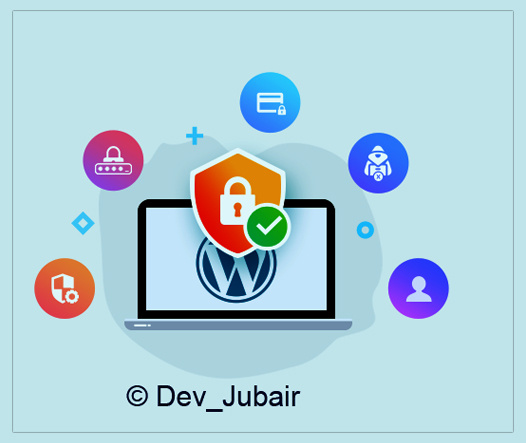Securing your WordPress website
Keep WordPress Updated:Regularly update your WordPress core, themes, and plugins to the latest versions. Developers often release updates to patch security vulnerabilities.
Use Strong Passwords:Ensure that you and all users on your website use strong, unique passwords. Consider using a combination of uppercase and lowercase letters, numbers, and special characters.
Install a Security Plugin:Use a reputable security plugin to enhance your website's security. Popular choices include Wordfence, Sucuri Security, and iThemes Security.
Enable Two-Factor Authentication (2FA):Implementing 2FA adds an extra layer of security by requiring users to provide a second form of verification, such as a code sent to their mobile device, in addition to their password.
Regular Backups:Set up regular backups of your website's data, including the database and files. In case of a security incident, you can quickly restore your site to a previous, clean state.
Secure Hosting:Choose a reputable hosting provider that prioritizes security. Look for providers that offer features such as firewalls, regular security audits, and intrusion detection systems.
SSL Encryption:Ensure your website uses SSL (Secure Socket Layer) encryption to secure the data transmitted between your website and its visitors. This is especially important for e-commerce websites and those handling sensitive information.
Limit Login Attempts:Use a plugin to limit the number of login attempts to prevent brute-force attacks. This helps protect your site from attackers trying to guess passwords.
File Permissions:Review and set proper file and directory permissions. Restricting access to sensitive files and directories is crucial for preventing unauthorized access.
Monitor User Activity:Keep an eye on user activity and monitor login logs. If you notice any suspicious activity, investigate and take appropriate action.
Remove Unused Themes and Plugins:Delete any themes and plugins that you're not using. Unused themes and plugins can be potential security vulnerabilities if not kept up to date.
Security Headers:Implement security headers in your website's HTTP response headers. Headers like Content Security Policy (CSP) and X-Content-Type-Options can help protect against certain types of attacks.
Regular Security Audits:Conduct regular security audits of your website. Check for vulnerabilities and review logs to identify any unusual activity.
Educate Users:Educate all users with access to your website about security best practices. This includes avoiding suspicious links, using strong passwords, and being cautious about sharing login credentials.
By implementing these measures, you can significantly enhance the security of your WordPress website. Regularly reviewing and updating security practices is essential to stay ahead of potential threats.
